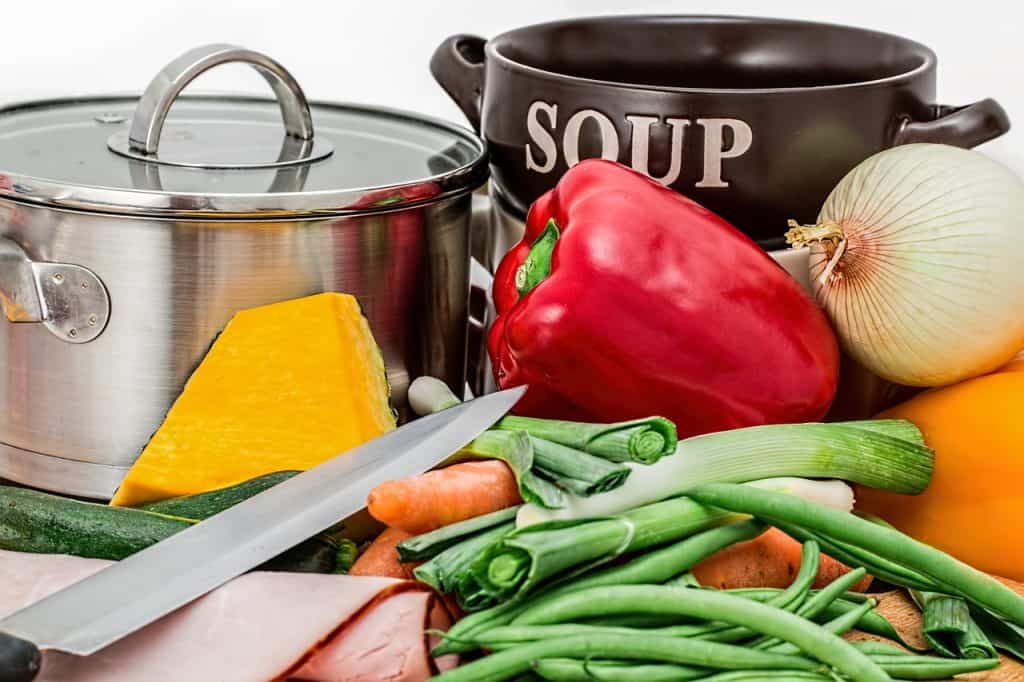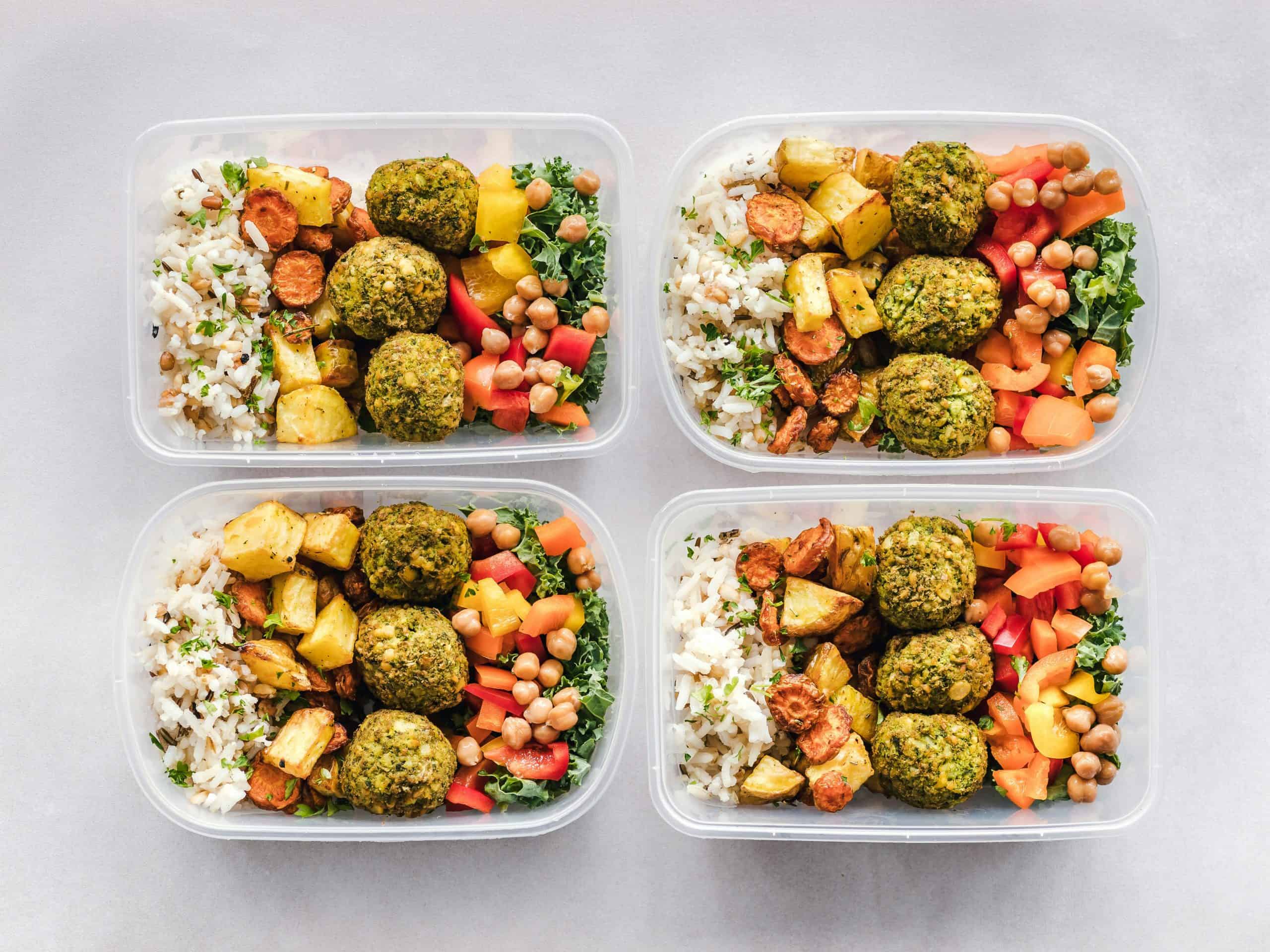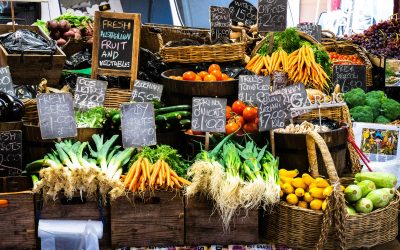During Food Waste Action Week, we celebrate small changes in daily habits that can make a significant lasting impact. The event was first launched in 2021 by WRAP, a climate action non-governmental organization started in the UK. It aims to bring businesses, government agencies and global partners together to address food waste at the household level and has since been supported by Canada’s National Zero Waste Council and their Love Food Hate Waste initiative. This year, Food Waste Action Week runs from March 18 to March 24 with the theme “Choose What You’ll Use”. It’s a perfect opportunity to highlight the benefits of buying loose fruits and vegetables, which can be achieved by an effective meal plan.

Why you should buy loose fruits and vegetables
In Canada, about 45 per cent of the food we waste at home is fruits and vegetables. That amounts to over 1 million tonnes of food wasted each year, the equivalent of $6.2 billion. Most often it’s the result of bulk discount or impulse purchase that leads to excess food. Loose produce enables you to buy exactly what you need and have better control over the quality of the items purchased. This approach reduces the chances of fruits and vegetables going bad before you can use them.

Tips for meal planning success
To maximize the benefits of buying loose produce and avoid impulse purchase, having an effective meal plan is key. Here are some tips to get you started:
- Take inventory of pantry and fridge: Before making your grocery list, check your pantry and refrigerator. Take note of what you already have on hand to avoid unnecessary purchases. This step ensures you make the most of what you already have and only buy what you need.
- Create a go-to recipe list: Identify a handful of reliable and easy-to-make recipes that you enjoy. Having a list of go-to recipes can simplify your planning process and ensure that you always have quick and nutritious options on hand.
- Plan around seasonal produce: If possible, create a meal plan around seasonal produce and stick to your shopping list when you hit the grocery store. Incorporating seasonal produce not only enhances the flavour of your meals but can also be more affordable and environmentally friendly.
- Batch cooking and prep ahead: Streamline your cooking process by preparing ingredients in batches. Chop vegetables, marinate proteins, or cook grains in advance. Learn some batch cooking and preservation techniques to prevent spoilage and make the most of seasonal produce.
- Invest in storage solutions: Glass containers with lids are versatile – they can withstand heat and are easier to wash as they don’t absorb smells or stain like their plastic counterparts.
For more practical tips on how to create a meal plan to get more bang for your buck and navigate the grocery stores like a pro, join our upcoming webinar Plan It for the Planet: Meal Planning to Fight Food Waste.





